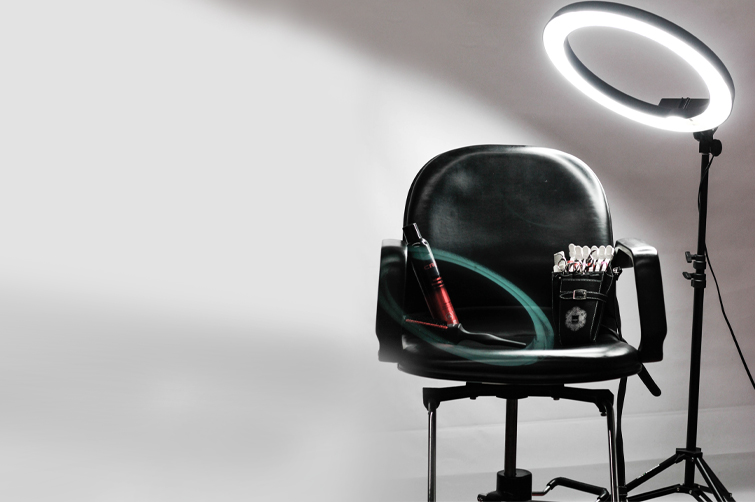Latest News Archive
Please select Category, Year, and then Month to display items
02 January 2020
|
Story Valentino Ndaba
|
Photo Anja Aucamp
 Refilwe Xaba, the founder and CEO of Glolooks.
Refilwe Xaba, the founder and CEO of Glolooks.
Refilwe Xaba, Senior Assistant Officer in Entrepreneurship Development at the UFS Centre for Development Support, is the founder and CEO of Glolooks. This Bloemfontein-based company manufactures and supplies an organic, natural hair product range.
When she first developed the products, they were for personal use. Xaba evolved from an intrapreneur to an entrepreneur. She innovated a personal solution into a booming business idea. It was only in May 2016 that she decided to go into business, following growing interest in the way she maintained her hair. “I officially started in-depth research in October 2015, after years of making concoctions for myself.”
Business and books
Xaba reckons that a research background is beneficial for growing a business such as Glolooks that has a huge technical aspect. She is currently pursuing her PhD in Entrepreneurship with a focus on marketing and is planning to use her business as a case study.
Her undergraduate, honours, and master’s studies, which she completed at Kovsies, contributed to equipping Xaba with skills to grow her business. She believes in balancing education and business. “I have always been commerce-orientated. If there is a problem to be fixed, I fix it. However, people are at the centre of my heart.”
Growing Glolooks
In 2019, Glolooks opened a salon in Westdene, where customers can receive a holistic experience above and beyond merely purchasing the product. Xaba says this is one of the ways her business is being innovative when it comes to creating relationships with customers.
Photo manipulation in journalism: evil, crutch or lifebuoy?
2017-09-04

Albe Grobbelaar, veteran journalist and lecturer in the
Department of Communication Science at the UFS.
Photo: Rulanzen Martin
Since the 1800s the manipulation of photographs has been common practice, and who can forget the OJ Simpson Time magazine cover in 1994? Albe Grobbelaar, lecturer in the Department of Communication Science at the University of the Free State (UFS), asked in a special lecture on 18 August 2017 whether “Photo manipulation in Journalism” was an evil habit, a crutch or a lifebuoy.
“As a journalist I have always been interested in photography. And the principle of photo manipulation or tampering with photos, as we call it, is something that has interested me ever since,” Grobbelaar said. Photo manipulation is an area that has garnered many academic interest and is not a new trend but a practice that started in the 1830s when photos came into popular use. “It is not always done with ulterior motives, artists played with photographs to get unique effects.” Photo manipulation is not only to create fake news, but is sometimes used to convey novelty and create shock to news readers.
Different viewpoints for different circumstances
He talked about the spectrum of viewpoints on photo manipulation. Some conservative journalism schools say photos should never be retouched while other feel it is fine to tamper with pictures. “What I tried to convey in the lecture was that one should consider different circumstances differently,” Grobbelaar said. As a journalist he believes that news photos should never be manipulated.
He mentioned the example of the mugshot of OJ Simpson that the Los Angeles Police Department released to the media. “Newsweek and Time both used the photo on their front pages, but Time deliberately darkened the picture so that OJ, a black man, would appear more sinister,” Grobbelaar said. It is, however, common practice in the fashion industry to retouch images that are used in fashion magazines.
Use own judgment to validate photos
In the age of social media it has become easy to manipulate photos and which has been labelled fake news. “I would advise people to use their own judgment when validating the authenticity of photos,” Grobbelaar said. It is important to verify whether they are from a reliable news outlet.